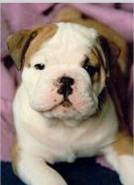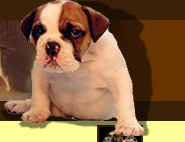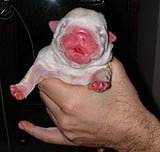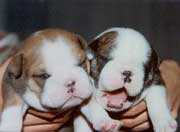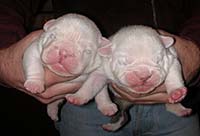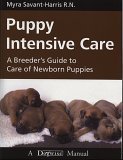Another important point is that the puppy's interspecies socialization (attachment) is not generalized to all individuals of the species concerned, but remains relatively limited to the individual's characteristics, it is a "type" socialization.
What does this mean? This means that a puppy will not extrapolate the
socialization process it acquires with one specific human during the critical socialization period, to all other humans it will encounter after that period. Socialization will be limited to that human's type (man, woman, adolescent, child, baby, with or without beard, etc.), or, in other words, dogs interpret babies, children, man and woman as belonging to different species, which explains why adult dogs that where not taught to interact with small children during the socialization phase as a puppy, will often show fear or
aggressiveness towards them at a later stage of their life. However, the capacity to generalize (thus to identify a child, for example, as belonging to the same species as an adult human) varies from one breed to another (watchdogs less than other dogs; Fox, 1978), the family line and the individual dog.
